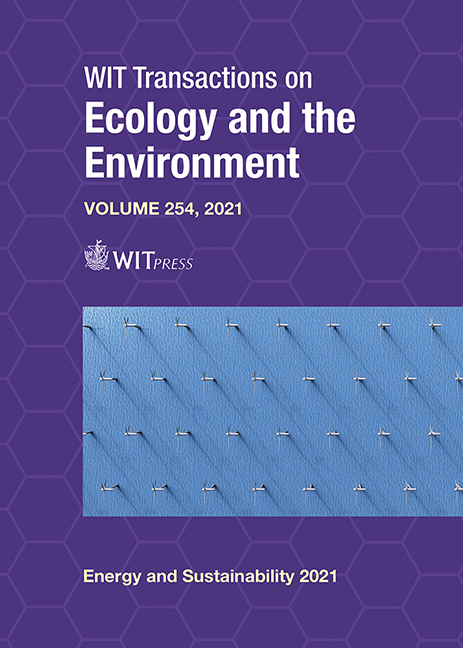CONSIDERING MATERIAL CYCLES FOR A TRANSITION TO LOW-CARBON ENERGY SYSTEMS IN AOTEAROA/NEW ZEALAND: A SYSTEMATIC REVIEW
Price
Free (open access)
Transaction
Volume
254
Pages
12
Page Range
69 - 80
Published
2021
Size
310 kb
Paper DOI
10.2495/ESUS210071
Copyright
Author(s)
ISABELLA PIMENTEL PINCELLI, ALAN C. BRENT, JAMES HINKLEY
Abstract
The decarbonisation of energy systems plays a central role in climate change mitigation strategies. Yet, the implementation of new energy infrastructure increases material demand, especially metals, and poses a challenge with managing their end-of-life. However, it is not yet clear to what extent integrated analyses of energy and material systems have been undertaken for the New Zealand context. This paper provides a systematic literature review to inform how material analyses have been incorporated in the planning of low-carbon energy systems in New Zealand. The results show that research efforts have forecasted low-carbon energy systems and modelled some of the infrastructure required, as well as the associated lifecycle emissions considering scenarios of different renewable electricity mixes and of improvements in energy efficiency. However, material systems - whether virgin material demand or implications for recycling - have not been considered in low-carbon energy pathways for New Zealand. We recommend energy and material systems analyses for New Zealand should become more integrated to inform better policy and decision-making. This could be achieved by developing a model that integrates energy system modelling with dynamic stock-flow models and prospective lifecycle analysis.
Keywords
energy system, material system, climate change mitigation, metal demand, lifecycle





